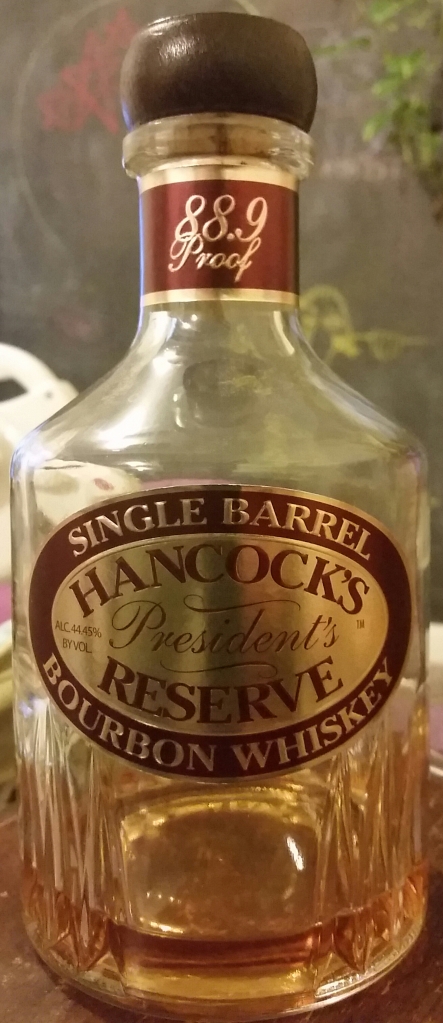 Maker: Barton 1792, Bardstown, Kentucky, USA (Sazerac)
Maker: Barton 1792, Bardstown, Kentucky, USA (Sazerac)
Age: NAS
Proof: 93.7
Michigan state minimum: $42
Ray= Selected by Ray (Rural Inn, Indianapolis, Indiana)
RW= Red Wagon (Troy, Michigan)
Appearance
Ray: Light copper
RW: Darker, medium copper.
Nose
Ray: Alcohol, grape bubblegum, leather.
RW: Over-toasted walnuts, cut grass, caramel.
Palate
Ray: Sweet and fruity, then burn. With water it becomes sweeter with more vanilla and less fruit.
RW: Caramel apple, oak, burn. Oakier with vanilla and classic old bourbon flavors when water is added.
Finish
Ray: Brown sugar, then burn. Water brings the fruit back out.
RW: A little chewy, then lingering warmth.
Parting words: The Sazerac corporation purchased the Barton-1792 distillery from Constellation brands in 2009. Their primary motivator may have been Barton’s tall airy warehouses but they were surely after 1792 Ridgemont Reserve as well. The brand started out as something of a Woodford Reserve ripoff (see here) but soon settled into its own niche as a decent selling upper-middle shelfer. Sazerac capitalized on that success and added a series of line extensions and opened up the single barrel expression for selections by retailers and enthusiast groups.
These two barrels are good examples of how much variation there can be, even in those breezy rickhouses. Ray’s was fresh and fruity while the Red Wagon barrel was chewy and mature. The Red Wagon barrel might be older, but it’s more likely that the oakiness came from being on a hot upper floor. I was able to taste Ray’s before I bought it, at an informal tasting at the Rural Inn around Thanksgiving. I bought the Red Wagon bottle blind, but I’ve enjoyed their selections before. If I had to pick one that I enjoyed more, it would be Ray’s but both are tasty, worth the money and worth seeking out. Both these 1792 Single Barrel selections are recommended.



